The path to the Office application can be found via the windows registry. If you use the registry you have two options (depending on the version of OS you have).
- Retrieve
InstallRoot for Microsoft Office by looking here (XX.X should be replaced with Office Version, 12.0, 14.0, 16.0 etc):
HKEY_LOCAL_MACHINE\Software\Microsoft\Office\XX.X\Common\InstallRoot
Value is stored the the String value "Path".
- Retrieve the Registered App Path for OUTLOOK.EXE here:
HKEY_LOCAL_MACHINE\Software\Microsoft\Windows\CurrentVersion\App Paths\OUTLOOK.EXE
Value is stored in the String value "Path".
But for store editions of MS Office you can find settings in the virtual keys (for all of the Office apps) are stored in User.dat file at C:\Users\%username%\AppData\Local\Packages\Microsoft.Office.Desktop_8wekyb3d8bbwe\SystemAppData\Helium. Read more about that in the Outlook Windows Store Registry article. Using a registry tracker, discovered at least some of the keys were written to HKEY_CURRENT_USER\Software\Microsoft\Office\16.0\.
If you have the store version, the applications are under C:\Program Files\WindowsApps\*.
